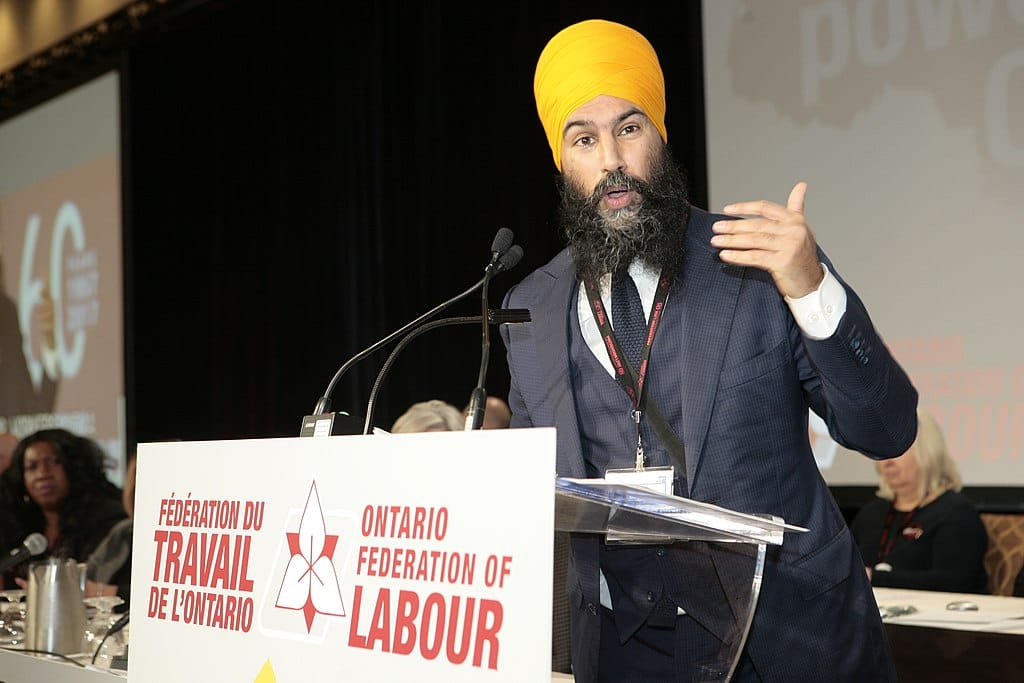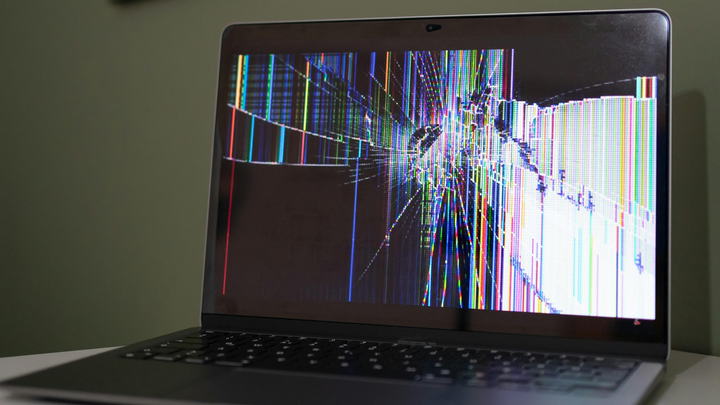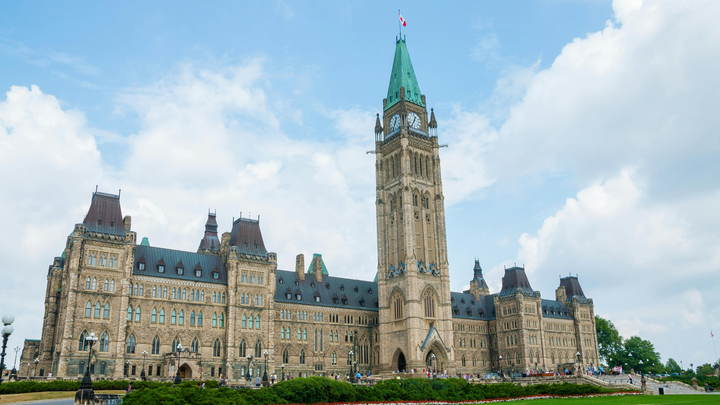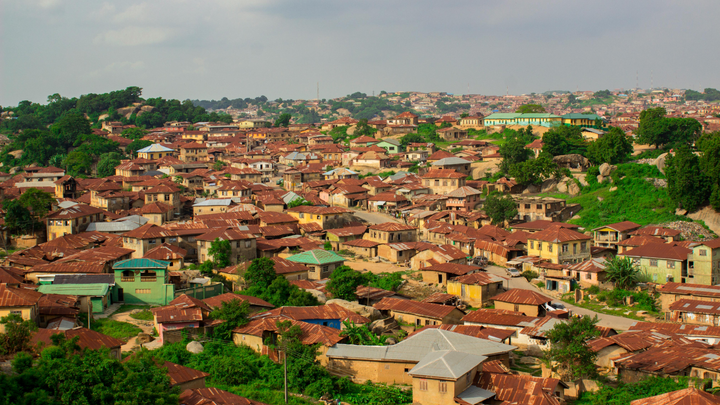Stick a Fork in the NDP, They're Done
A new Abacus poll shows that Singh and the party are snatching defeat from the jaws of victory

The NDP brand has been irrevocably damaged in recent years. In the 2021 federal election, leader Jagmeet Singh and the rest of the party failed to capitalize off of the Liberal government’s many many failures, going from 24 seats to only 25. So after spending $25 million, the party landed in a firm fourth place, with only one seat gained.
But Singh had an ace up his sleeve, you see. Being a 25-member voting bloc in a minority government puts a party like the NDP in a unique position to punch above their weight. If the Liberals want to pass legislation, they’ll need to appeal to another party. This allows Singh and the other NDP MPs to hold their votes as incentive for including more progressive policies, as well as threatening an election against an increasingly unpopular-oh wait Singh agreed to support the increasingly unpopular government until 2025 through confidence votes for very minor policies that are already patchworked in some forms.
To be fair, Singh has since said he’s “not satisfied” with the state of the deal. But to continue being fair, he refuses to name any deal breakers.
As linked above, the NDP supply-and-confidence deal has been roundly criticized for being a limp attempt to avoid another election and to appear as though their influence is more impactful in this form. Put simply, it’s not.
But that’s merely one failure. At the provincial level, the NDP brand has been stained with a string of them. In BC, former NDP Premier John Horgan brutalized Indigenous protestors, callously remarking that the heat wave deaths under his watch were “part of life,” and capped it off by joining the board of a coal company after his resignation. The Ontario NDP fumbled the bag in the Ontario 2022 election, losing even harder to the openly incompetent and malevolent Doug Ford than they did in 2018. The Alberta NDP’s rightward shift resulted in failure for their election this year, and their internal toxicity is just coming to light.
This is bad for the NDP brand, but it’s not necessarily reflective of the federal NDP. It is important to note, however, that Singh and the broader NDP party have been largely silent on these failures. Whenever they do comment on them, they’re in broad, non-statements that do their best to not put off provincial politicians.
There is a bigger issue for the federal NDP. Since the Convoy Occupation in early 2022, the right has seized upon the issues affecting the average Canadian with far-right populist rhetoric, to significant success. Poilievre has used his populist tactics to tackle real issues and distort them into proposing a reactionary solution. When the Liberal cabinet meeting in Charlottetown ended without housing policy, Pierre Poilievre, who has harped on endlessly about the housing crisis in Canada, called on the Prime Minister to recall MPs to Parliament to address the situation.
This type of effective populist rhetoric should be easy for a nominally social democratic party. But the NDP has done nothing but focus on their own patchwork neoliberal solutions.
Rent too high? We gave you a $500 one time payment to give to your landlord. Affordability crisis? Well you could get up to $1,700 in a GST rebate at one point in the year. Scroll through Singh’s Twitter and you’ll see passionate statements that lose all believability once you remember they sold to the Liberals for moderate reforms, with no deal-breakers, and this is all they have to show for it.
Who does this convince? Where is the left-populism to combat the Conservatives? Even though the NDP is admittedly not socialist, there’s still room for them to make concrete promises that actually improve peoples lives. The problem is they’re incredibly bad at doing this.
Unfortunately, the bad news for the NDP keeps coming. A new poll released by Abacus Data indicates that the party has failed to convince younger people of their utility. In terms of all Canadians surveyed, 38 per cent intend to vote for the Conservatives, with the Liberals trailing at 26 per cent.
For Gen Z and Millenials, the intention to vote Conservative is 32 per cent and 40 per cent, respectively. The NDP does come in second, yes, but trails by six per centage points for Gen Z and 16 per cent for Millenials. The feelings of the younger people surveyed are what’s really indicative of the state of the NDP.
For a party that has hung its hat on TikTok aesthetics and appealing to young people, this is an objective failure. Especially considering that the top three issues were “The rising cost of living (73 per cent),” “Housing affordability and accessibility (47 per cent),” and “Healthcare (45 per cent).” How has the NDP allowed conservatism to eat their lunch on these topics? What is the point of the NDP of they can’t appeal to the broader working class?
It would be faulty to read this poll as the complete picture of Canadian’s view of the federal NDP. But it’s another in a long line of bad signs for the failing party. Allowing Poilievre to run circles around their messaging has finally penetrated the strategists as a priority to be combatted, but Singh has a proven track record of failing to convert popular resentment against Trudeau into a productive politics. So this new tactic has a lot working against it.
This isn’t an argument that Singh should appeal to fascists or other Convoy-types. That would be an uncharitable reading of my point. What I’m saying is that it’s clear that Trudeau has soured on the broader population. This could be because he’s bad for the country, other countries and for the planet, or it could be because Canadians are just tired of him. My cynical belief is the latter.
But with the country burning, our electoral left should be thriving against this anti-Liberal sentiment. Instead, they’ve been writhing in the dirt. When discussing the NDP’s failures, “controlled opposition” is a term that has been deployed to explain their floundering, but it’s far more banal than that. This is just what electoralism has left to offer us. It’s long-past time we leave it behind.
The NDP is not dead, and will probably exist in some form for the forseeable future. But unless dramatic changes (and I mean dramatic) are made, they’ll wallow in political irrelevance, useless to combat the rising tide of fascism and climate collapse. Take a moment and ask if that’s the type of party that you’re proud to support.




Comments ()